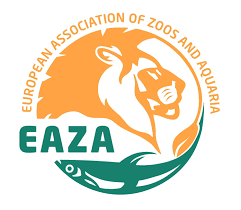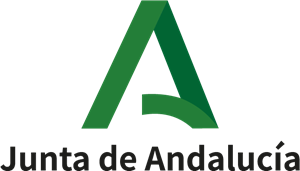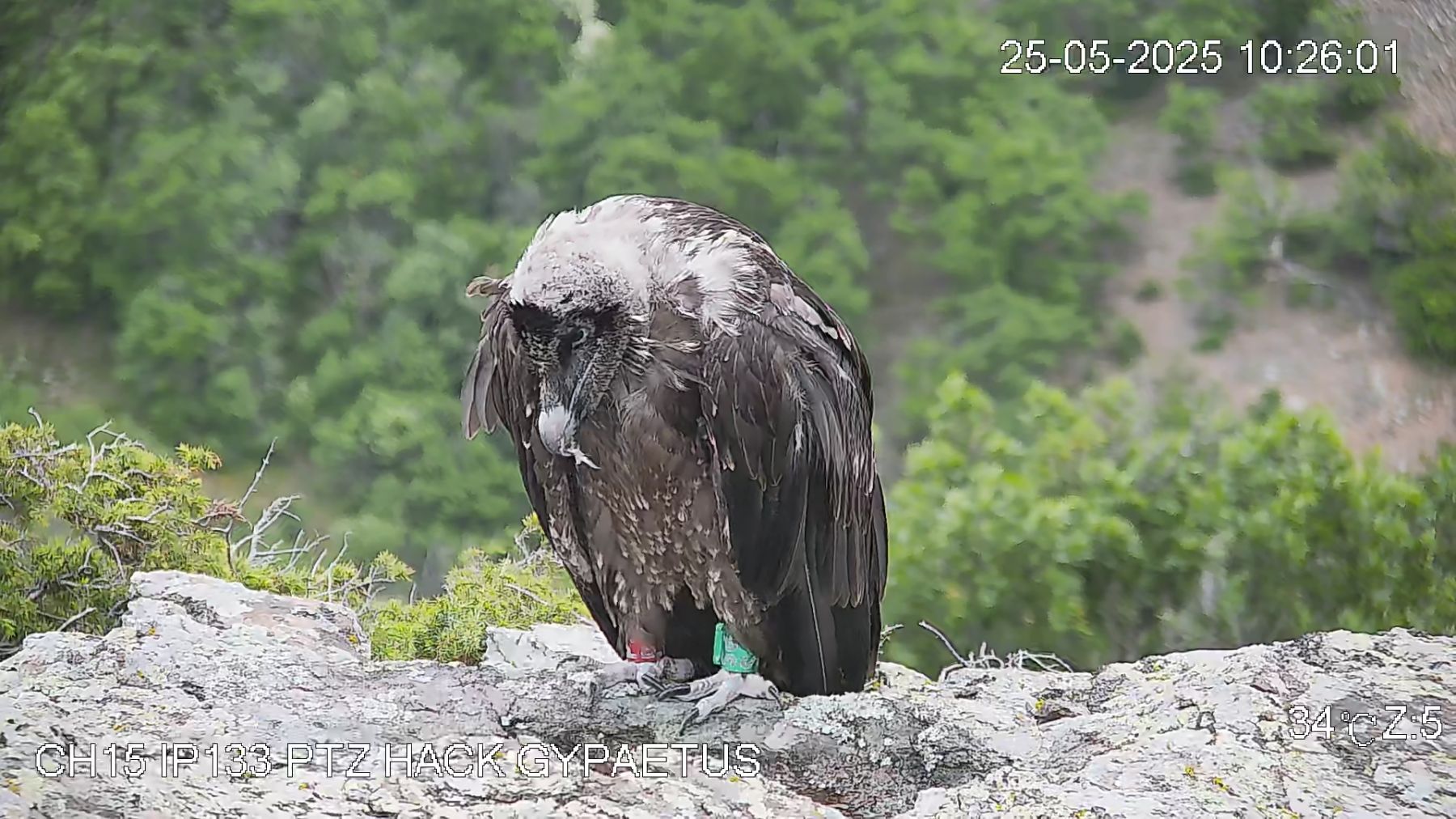The LIFE GypConnect project released two more captive-bred Bearded Vultures at Parc naturel régional des Baronnies provençales as part of the project’s reintroduction efforts.
Selecting the captive-bred Bearded Vultures
Every year, the Bearded Vulture Captive Breeding Network, coordinated by the Vulture Conservation Foundation (VCF) on behalf of EAZA’s EEP (Bearded Vulture EEP), works alongside multiple partners to ensure the best breeding results for the species and support conservation initiatives. Based on the breeding season’s results and different project needs, the VCF’s Alex Llopis, who coordinates the network, allocates chicks to the several reintroductions and restocking programmes.
In addition to the two Bearded Vultures released in the Grands Causses in early May 2022, two more individuals were destined for the LIFE GypConnect project this year, but this time in Baronnies. The two chicks, one female and one male, hatched at the end of February 2022 in the Bearded Vulture captive breeding centre of Guadalentín, located in Jaén. Guadalentín, currently managed by the VCF following an agreement with the Junta de Andalucía, contributed 61% of the chicks produced within the Bearded Vulture EEP this season, with eight young hatching in this centre.

Releasing the Bearded Vultures in Baronnies
Ahead of the release, a Vautours en Baronnies team equipped the two vultures, named Canteperdrix and Riglos, with identification rings and GPS transmitters, and bleached a unique set of their feathers to monitor their movements and progress in the wild after they fledge.
On 29 May 2022, a few hours before the release, the project team briefly presented the birds and discussed the importance of LIFE GypConnect among a crowd of over 300 people gathered at Parc naturel régional des Baronnies provençales. Awareness and engagement among local communities play a vital role in reintroduction efforts.

After all this preparation, it was finally time for the release. The LIFE GypConnect team began heading to the release site to place the Bearded Vultures at the hacking platform, aged 92 and 95 days old at the time.
Replicating the natural way of fledging


The reintroduction project uses the hacking method to release captive-bred Bearded Vultures into the wild, replicating the species’ natural way of fledging. The technical staff place the Bearded Vultures in artificial nests in the LIFE GypConnect reintroduction areas in suitable habitats that resemble the wild nests of the species. In this way, the project staff feed and observe the progress of the vultures from afar, enabling the vultures to acclimatize to the natural environment until they are ready to take their first flight 20 to 30 days after their release. With this technique, the nestlings can associate the release site with the hatching area so that when they reach breeding age at around 8-10 years old, they select these places to breed. When Bearded Vultures are young, they tend to travel vast distances and explore new regions, but once they become sexually mature, they typically select areas to breed that are close to where they hatched
We wish the two vultures a bright future ahead in the wild!
The LIFE GypConnect project

Led by the League pour la Protection des Oiseaux (LPO), the LIFE GypConnect project aims to establish a breeding population of Bearded Vultures in the Massif Central and Department of the Drôme. Releasing captive-bred Bearded Vultures into the wild at sites such as the Parc Naturel Régional des Grands Causses, Parc Naturel Régional des Baronnies Provençales and Parc Naturel Régional du Vercors will create a core population that will connect the two populations of the species in the Alps and Pyrenees. To facilitate movements between the new population and the Alpine and Pyrenean populations the LIFE GYPCONNECT team is creating a network of supplementary feeding stations, and tackling threats such as poisoning, and collision and electrocution with the electricity infrastructure.







